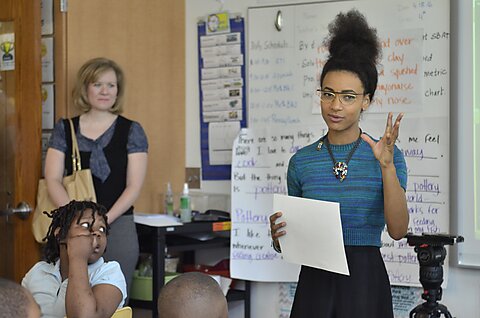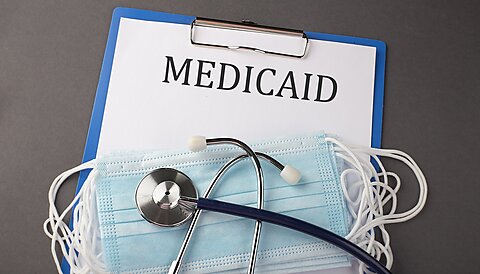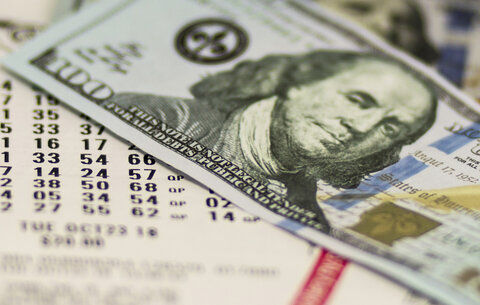
Federal Data Support Our Findings: K-12 Private School Enrollment Rose During the Pandemic, Schools Decreased
Today, the National Center for Education Statistics released its latest data on private school enrollment, as well as lots of other private schooling numbers. The most important finding is that K‑12 enrollment in private schools rose from 4,652,900 in 2019 to 4,731,300 in 2021. That is consistent with what Cato’s Center for Educational Freedom found as it undertook survey work to keep tabs on the health of private schooling: enrollment decline at the beginning of the COVID-19 pandemic, increases thereafter as private schools tended to reopen to in‐person instruction faster than public.
Note that the NCES press release says enrollment “held steady” between the 2019–20 and 2020–21 school years, rounding the start and end numbers to 4.7 million, and perhaps considering statistical margin of error (it does not say if it did) to indicate no change. But the difference between reported numbers is 78,400, or a 1.7 percent increase. On the flip side, factor in pre‑K —which NCES did not do in its press release—and private schools did experience enrollment loss, dropping from 5,485,800 to 5,473,540. That’s a 12,260-student dip, or 0.2 percent.
When it comes to the number of private schools, NCES reports a net loss, which we also found, continuing through the 2021–22 school year. There were 30,490 private schools in 2019 and 29,730 in 2021, a 2.5 percent reduction.
Of course, these data are pretty old: We are now in the 2023–24 school year. That lag is why Cato’s Center for Educational Freedom has tracked private school closings and openings since the start of the pandemic, and undertaken annual private school enrollment surveys. It is important to continually monitor the health of private schooling, which is especially vulnerable to economic and other shocks because it must compete against “free” government schooling. That forces many schools to constantly walk a tightrope between keeping charges low and remaining financially viable.
With that in mind, check out our Private Schooling Status Tracker, and look for the results of our latest survey soon!



